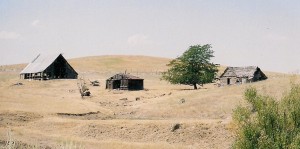 I love American history, especially when it comes to the development of the west. I know the story of Lewis and Clark in detail and can tell it like a bedtime story. I did my graduate master’s thesis in part on the history of the Big Sky Country and know the folklore of most every mountain man. My own family came to California by wagon train in the mid 1800′s in hopes of establishing a new life in an undeveloped land, the thought of which amazes me to this day. When I consider a life of sustainability I can’t help but think about what it would have taken for those first pioneers to load their small wagons for such an expedition. They had to pack everything to sustain their families on a long treacherous journey as well as enough to hold them through their first winter. They would also have to include the tools necessary to forge out a homestead capable of sustaining a family for the years ahead.
I love American history, especially when it comes to the development of the west. I know the story of Lewis and Clark in detail and can tell it like a bedtime story. I did my graduate master’s thesis in part on the history of the Big Sky Country and know the folklore of most every mountain man. My own family came to California by wagon train in the mid 1800′s in hopes of establishing a new life in an undeveloped land, the thought of which amazes me to this day. When I consider a life of sustainability I can’t help but think about what it would have taken for those first pioneers to load their small wagons for such an expedition. They had to pack everything to sustain their families on a long treacherous journey as well as enough to hold them through their first winter. They would also have to include the tools necessary to forge out a homestead capable of sustaining a family for the years ahead.
The open hills up here around Timber Butte conceal the weathered remains of many of those early homesteading ventures. Much of the country was divided into forty acre parcels that the government had granted for that very purpose. Some made it, but many more did not. There are still a number of families living in this area that are third and fourth generations of the remnant of those first settlers.
When the days become warm and sunny I find great joy in riding the hills on horseback and coming upon the dilapidated remains of structures that had once supported some of the first settlers. With closer observation much can be learned about subsistence living and the ingenuity it took to provide the basic livelihoods of those first residents. Having used powerless hand tools myself for years I am overwhelmed with the construction of barns, corrals and the tiny farm houses. It is hard to imagine the hard work and dedication it took to build homes while dealing with the pressures of putting in gardens and feed crops for livestock at the same time. In anticipation of severe winters, they also had to cut wood with nothing but an axe or crosscut saw, while preserving food, transporting water, providing clothing and all the essentials required to sustain life.
True sustainability is not just some romantic thought to me, but instead one of deep admiration and a testimony to the durability of the human existence. Sometimes I tie up my horse and wander around these old places where the residents have been long gone. I find myself contemplating what they must have felt like living in such isolated areas, what resources they used to build structures, and how they engineered water systems, root cellars, smoke houses and feed storage. In addition to the homesteads I have noticed that where people settled there is usually an abandoned one-room schoolhouse, post office, church and graveyard only a short wagon ride away. Certainly at the base of Timber Butte this fact holds true.
There is much to be gained by wandering through the remnant ruins of a people who understood true sustainability. Some of my discoveries have challenged me to ask some thought provoking questions in my own pursuit of a more sustainable lifestyle. I would like to share those questions with you.
- 1. What would I put in my wagon? – If I had foresight in preparing for a life journey towards sustainability and knew that money may become hyper-inflated, what would I purchase now? Stockpiling food may be good for short term, but if planning for a life of sustainability I would consider not just my immediate need for food, but how I might produce it, preserve it and store it for the future. I would think about every kind of food – vegetables, grains, fruits, eggs and meat. I would also consider how I would feed the chickens that would lay the eggs and the other livestock that would provide milk and meat. I would consider sustainable and renewable forms of energy for heat, cooking and electricity. I would consider materials necessary to develop clean water resources and seed to be reproduced and used season after season. I would need to prioritize and ask myself the kinds of questions that I’ve never had to consider before – those such as what is really important for the welfare of my life and my family. I would need to evaluate and establish what my priorities really are – realizing that the wellbeing of those I love is at stake.
- 2. What would I put my hands to? – What would I first invest my time, money and energy into if I were to begin building a sustainable life based on what history tells me? What kind of a dwelling would I live in – how many square feet would I want to heat and cool? What rooms would be the most important? I would need to consider garden plots, orchards and animal housing. Plans would have to be made for food storage, animal feed storage, irrigation and tools for harvesting hay and other crops. I would need to have vision and a master plan that would fit the amount of property I had available. I would need to possess physical stamina for the labor before me, and also family or friends that were willing to lend a hand.
- 3. What kind of community would I be a part of? – Why did every successful pioneer community have a school and a church as a foundational centerpiece of their community? If history holds true, community is an essential element of the sustainable life, and that community provided not only physical help, protection and a means of commerce, but ministry to the mind and soul of each person as well. People have never done well as an island unto themselves, but communities that held common and Godly values ultimately prevailed even through seasons of extreme hardship. One great example is that of the Pilgrims in comparison to those that attempted to establish Jamestown. The Pilgrims suffered but prevailed because their motive for a sustainable life in a new world was based on a dream to worship God freely. Those who inhabited Jamestown were motivated by the goal of economic prosperity. The residents of Jamestown ultimately failed and the majority of their community perished even though they faced less extreme conditions than the Pilgrims. Communities function best when the individuals involved are not looking out purely for their own interests, but for the interests of the common group. Consider the words of the Apostle Paul in Philippians 2:3, “Do nothing out of selfish ambition or vain conceit, but in humility consider others better than yourselves. Each of you should look not only to your own interests, but also to the interests of others.”
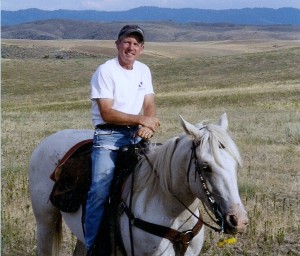
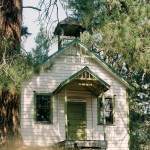
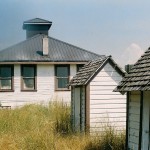
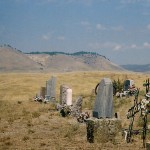
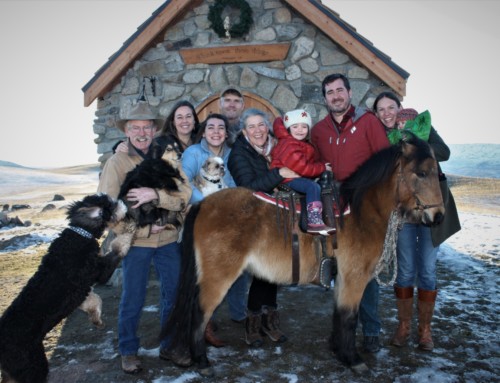
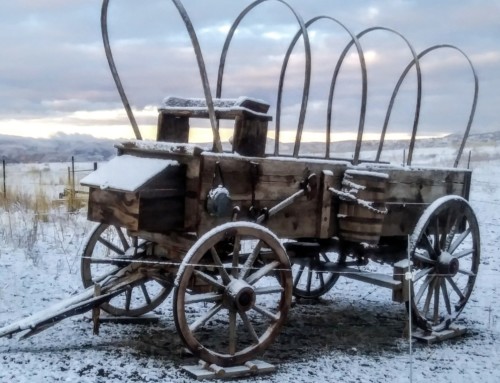
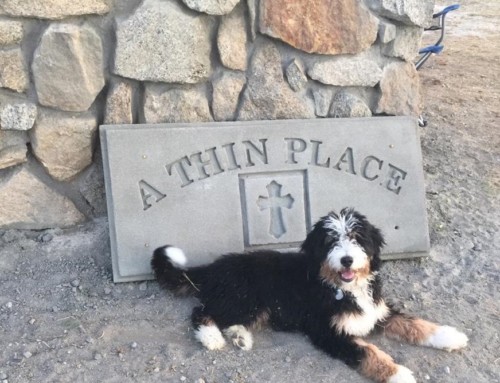
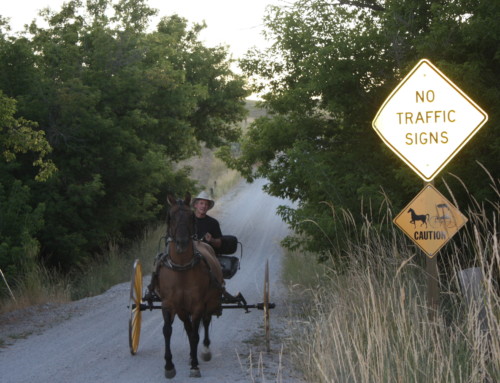
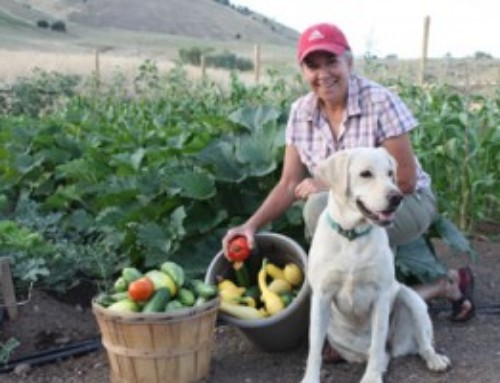
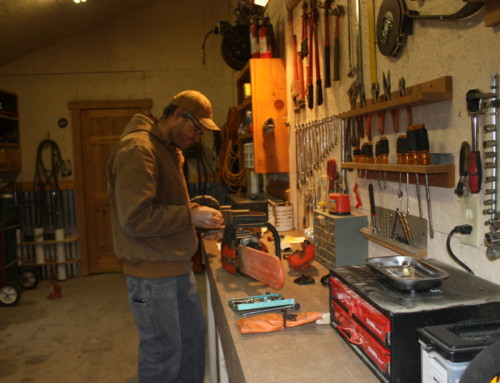
Leave A Comment
You must be logged in to post a comment.